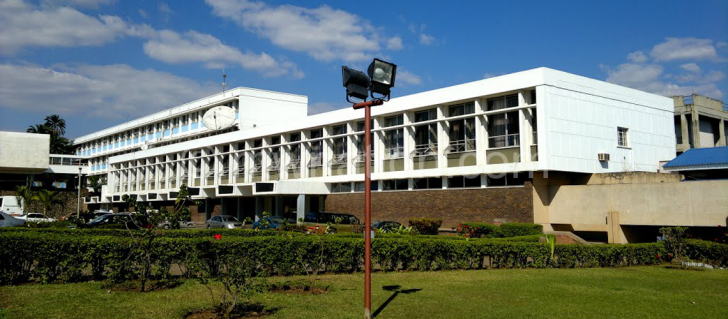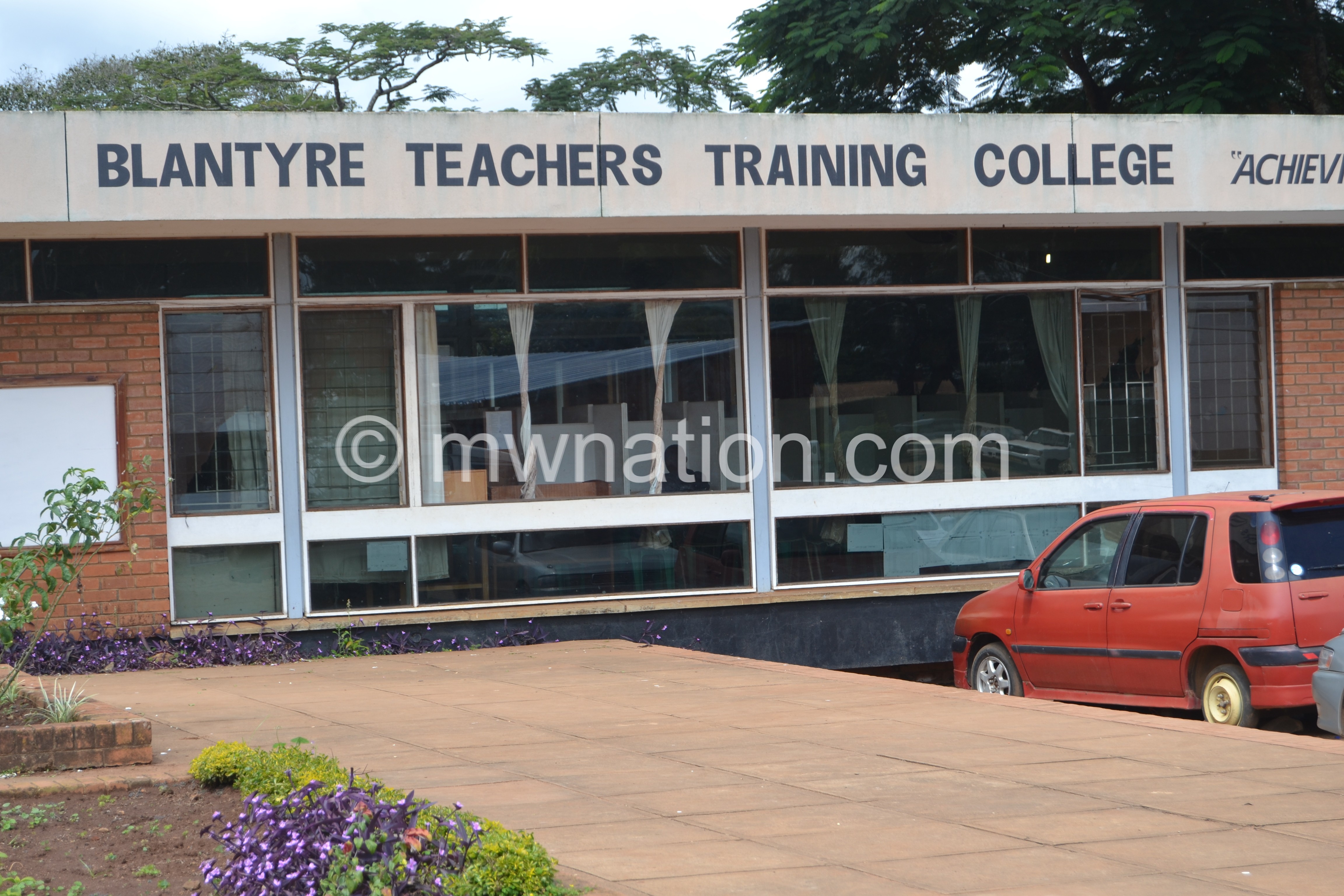Unima’s humble beginnings
In the past two months, the media has been awash with reports about University of Malawi (Unima) unbundling. But when did this issue begin? In this four-part series, our reporter AYAMI MKWANDA looks at the history of the university and why some colleges want out of Unima.
Just a few months after Malawi attained its independence from Britain in 1964 there came plans to establish a national university for the new nation.

It was going to be an institution of higher learning whose vision was to provide “relevant, world-class education, research and services for the sustainable development of Malawi” needed for the socio-economic growth of the nation.
The general understanding was that only a nation that has a well trained human resource in various fields that prospers.
That’s why, the founding president Hastings Kamuzu Banda said Malawi needed to have its own university within the first year of gaining independence.
And so, by 1965, Malawi opened its own university, the University of Malawi in Blantyre at Chichiri, Mpemba and Soche.

Its significance was that it was going to be “a centre of knowledge, development of skills values, ideas and attitudes for engaging developmental challenges in the country.”
Today, this university is standing at the crossroads of disintegrating into separate stand-alone entities. The 52 years of its existence as a monolithic bloc may finally be drawing to an end.
Only the university’s humble beginning from some three little known campuses in Blantyre to the magnanimous and gigantic institution of epic proportions that it is now will be a script worth reading in many years to come. This is an institution whose evolution from the peripheral of insignificance has waxed great into its awesome present state. Its story is therefore, the pride of the nation.
Big things, small doses
Like everything else, Unima started as a small institution, using some of the existing infrastructure and a handful staff.
According to Samuel Mpasu, a pioneer student, the university opened its doors in September 1965 with Chancellor College as a degree-awarding institution in Arts and Sciences at present day Chichiri Secondary School in Blantyre.
“Mpemba Staff Training Institute had a Law Department which was later turned into the Law Faculty at Chancellor College now in Zomba. Soche Hill Teacher Training College was awarding diplomas and was turned into the Faculty of Education at Chancellor College in Zomba,” Mpasu explains.
The Polytechnic was already in existence as a Diploma-awarding college in technical and engineering courses. It was upgraded to a degree-awarding college as a constituent of the University of Malawi.
Mpemba Staff Training Institute was responsible for training civil servants while Soche Hill College of Education was training teachers before the creation of the university in 1965.
Teaching was done in Blantyre. It was at Chichiri Secondary where Chancellor College campus was before relocating to the old capital, Zomba.
The Polytechnic at Chichiri never moved from its original place at Chichiri. The college continued to offer its courses in technical skills and engineering. In 1965, it just became a constituent college of the university.
Today, Mpemba, where Chancellor College’s Law Faculty came from, is a Law School that offers diplomas, a subsidiary of the Law School at Chancellor College in Zomba. Soche Teachers Training College is now called Soche Hill Secondary School. This too, was where Chancellor College’s Faculty of Education came from.
In keeping with the legacy of education, the former places where the university came from or took some faculties are still providing education. There is also a strong resemblance between these former places and the new constituent colleges of the university. The architecture at Mpemba resembles, partially, that of Chancellor College.
In 1973, a university college campus was established at Chirunga in Zomba with funding from the World Bank.
The Polytechnic at Chichiri in Blantyre was upgraded to a full degree awarding institution and the campus was expanded with funding from the American Government.
Benedicto Malunga, University of Malawi Registrar, says that there were two commissions of the British and Americans that rendered support to the Malawi Government on plans to build university campuses in Zomba and Blantyre.
Around the same time, Bunda Agricultural College which was already in existence as a Diploma -awarding college, was upgraded to a Degree-awarding college of the University of Malawi.
Malunga says that Malawi Government decided that all institutions of agriculture such as Chitedze and Natural Resources should form their own college of agriculture. These institutions [except Natural Resources] at the time, merged to form Bunda College of Agriculture.
Five years after the three colleges were established in Zomba, Blantyre and Lilongwe, “government established Kamuzu College of Nursing (KCN). It was a creation of some nursing schools in Blantyre. These schools were offering diplomas in nursing,” says Malunga.
Kamuzu College of Nursing went to Lilongwe in 1979 to become the fourth campus of the University of Malawi. The expansion of the university was underway.
“Then in 1987, a group of experts, some from Malawi, others from Germany and some from England recommended to Kamuzu Banda that the country was ready for a medical college that would train doctors in pharmacy, laboratory and other areas,” Malunga explains.
These recommendations were made because many Malawian students were learning medicine in England at Manchester. As the demand for medical doctors increased in the country, so greater was the need to have a medical college. The college was established in 1991 in Blantyre and it was called the College of Medicine. This became the fifth and last college of the university.
First graduation
The first graduation-ceremony, according to Mpasu, took place at the athletic field at Chichiri Secondary School. Some of the first graduates are Messrs Chadwick Mphande, Isaac Vareta, Justin Thundu, James Munthali, John Phiri, Crispin Ngoma, just to mention a few.
There were also some eminent Malawians who graduated from the university in 1969. One of them was Geoffrey Chipungu who later became the university registrar and a diplomat to Germay. Another one was Titus Mvalo, a trustee of Mzuzu University and Samuel Mpasu who was the Speaker of Parliament.
There were 50 students in total who graduated from the number of 90 that was admitted in 1965. Others left to study medicine abroad and some decided to go to study engineering. Yet, others got weeded, hence the number 50 of graduates.+
“Students who graduated from the university in 1969 “were top-notch scholars who were well equipped with knowledge and skills to work anywhere in the world,” speaks Malunga proudly about the pioneers.
These quality graduates, he says, were a result of the proper guidance of the University of Dr. Ian Michael who was the first Vice Chancellor of the University of Malawi. He was from the University of Bristol in England. The chairman of Council was John Msonthi.
The university was established by an Act of Parliament in 1974 which was later amended in 1998. The 1998 Act (amended) reads: “An Act to provide for the establishment and incorporation of the Council of the University of Malawi as a body corporate and as a governing body of the University of Malawi (provisional council) Act, and for matters incidental to and connected with the foregoing.”





